Photos: Joel Meyerowitz's Brooklyn Wild -- Capturing Untamed Nature in City Parks
As Brooklyn bundles up in preparation for the winter, a look back at Joel Meyerowitz’s Legacy project reminds us of the greenery that will return, in time. A native Bronxite and lifelong New Yorker, Meyerowitz has been capturing the city’s essence since 1962. From the still-burning hole of Ground Zero to Manhattan’s surreal street life,…
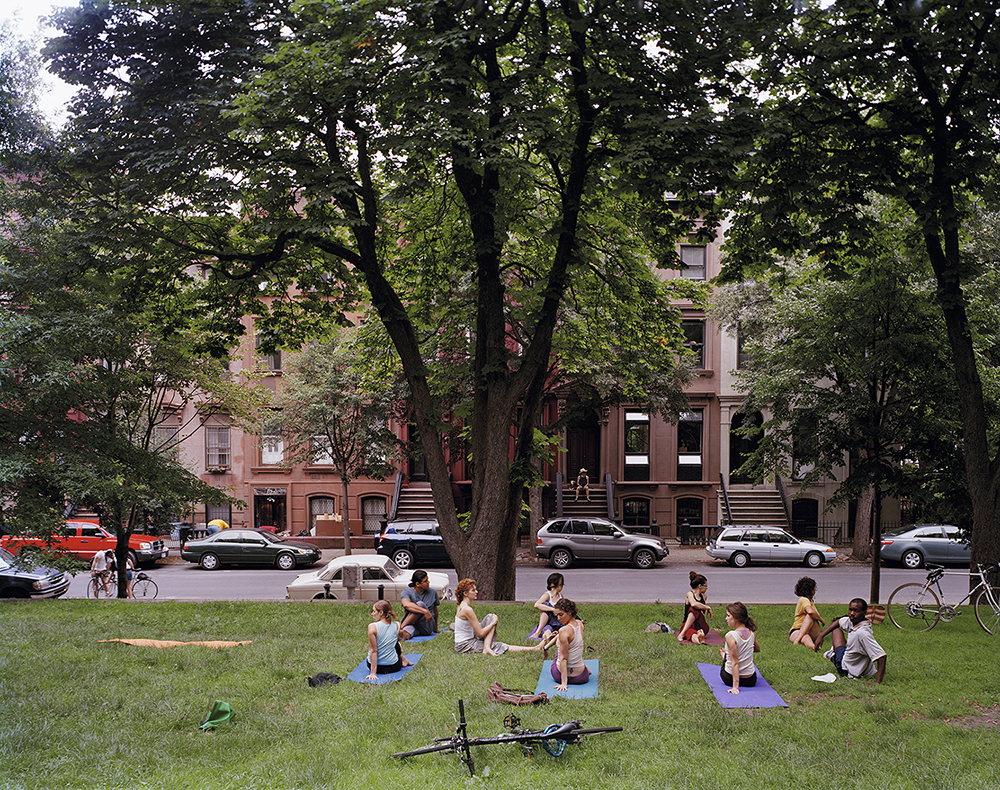
As Brooklyn bundles up in preparation for the winter, a look back at Joel Meyerowitz’s Legacy project reminds us of the greenery that will return, in time.
A native Bronxite and lifelong New Yorker, Meyerowitz has been capturing the city’s essence since 1962. From the still-burning hole of Ground Zero to Manhattan’s surreal street life, the photographer took a new direction with his 2006 book Legacy: The Preservation of Wilderness in New York City Parks.
Grouping the books Brooklyn based photos, a story emerges of a unique side to the borough not often witnessed, or immediately brought to mind, when one most think about Brooklyn.
Brownstoner spoke with Meyerowitz about what it’s like to document and experience so many different sides of the city.
Do you think Brooklyn has become more photogenic?
My kids live in Brooklyn. The youth of this time are going out to Brooklyn and they’re bringing all the youthful energy that made SoHo and TriBeCa so popular in the ’60s and ’70s — Brooklyn is where it’s happening right now. And I can see it — I go out there to visit my kids and I see what all the little restaurants and food stores are like, just inventing themselves, and Brooklyn is the focus.
I’m from The Bronx and The Bronx doesn’t have this focus, and Queens is getting an overflow of kids that can’t manage it in Brooklyn.
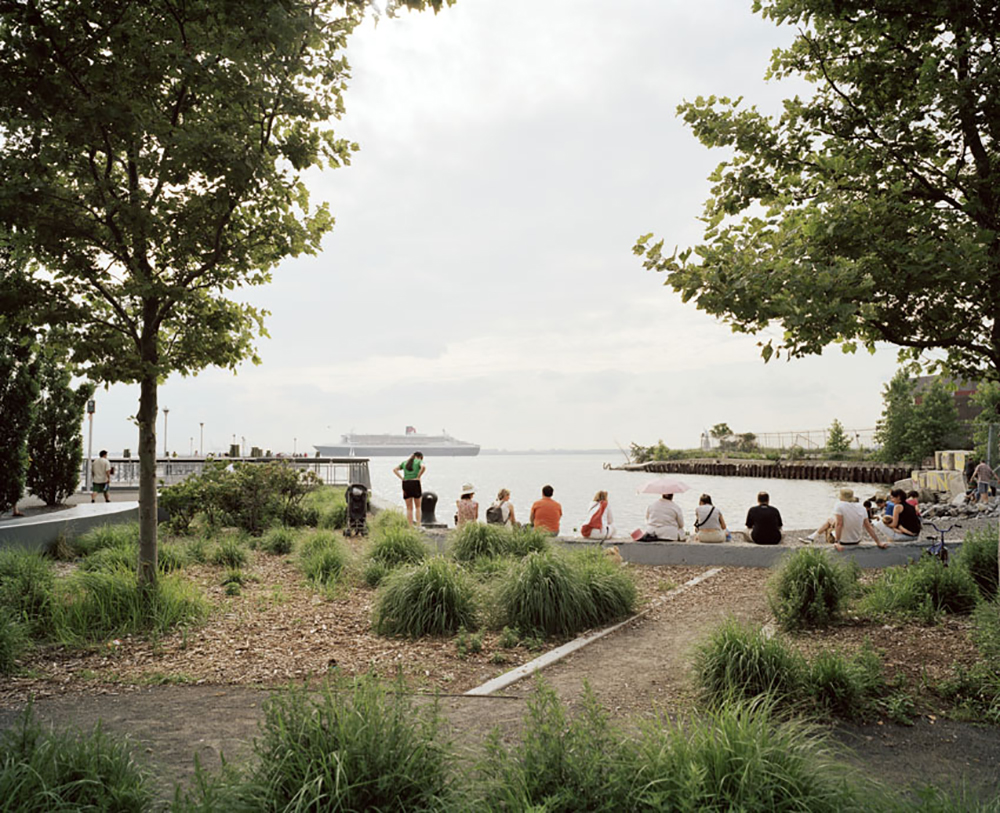
How does photographing New York today compare to the experience in the ’60s and ’70s?
It’s really different. In the ’60s and ’70s no one thought they were worthy of being photographed by a stranger. The idea of celebrity wasn’t like it is today. I think that the innocence of the ’60s and ’70s, before the internet, has been corrupted and lost by the time we’re living today. Today there’s so much fear about internet exposure.
In the ’60s and ’70s there were not cellphones — people on the streets looked at each other and talked. Now it’s a nation of zombies looking at their data machines and there’s no going back.
I’m coming back from living the last few years in Italy, so stepping onto a New York street I have the chance to feel it freshly. I’ve lived here my whole life, and the street doesn’t feel the way it’s always felt. The street feels less interesting to walk on, so even though the city is richer and cleaned up there’s something to the grit, to the toughness of New York that seems to be missing to me. It feels sterilized.
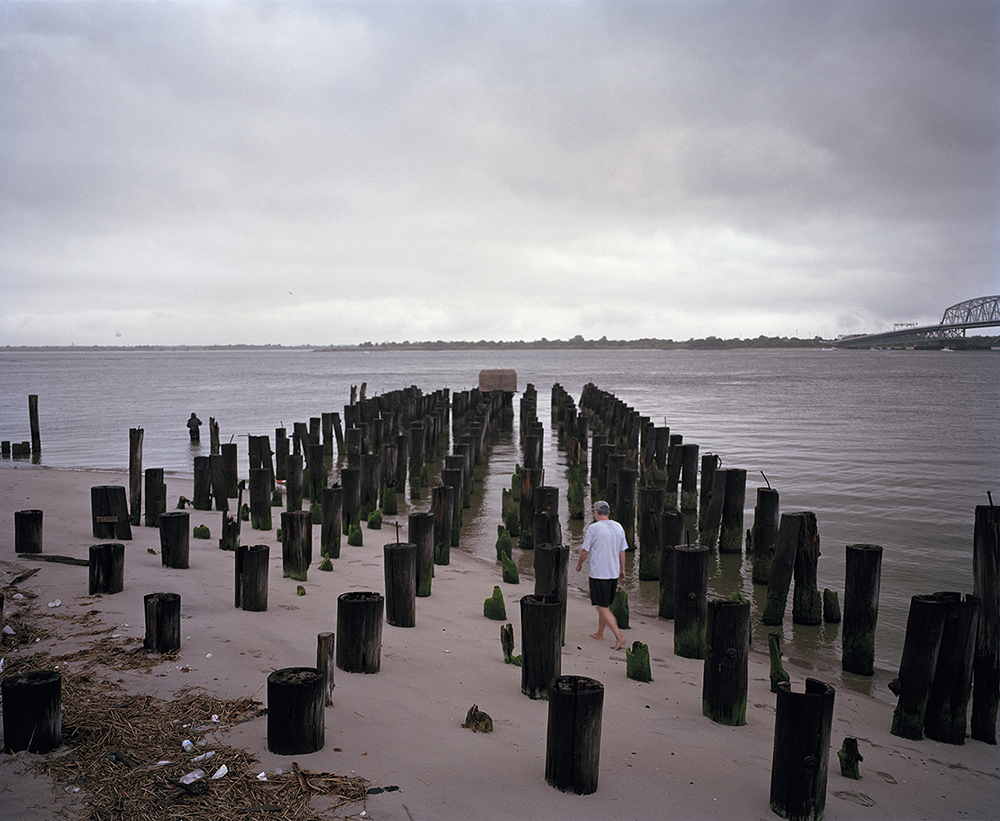
Do you prefer photographing nature to street life?
It’s a good question. I know my way around the streets of the world and I’m comfortable there. But I’m also seeking more peace and solitude in my life.
I’ve been living on a farm in Tuscany. It’s so quiet in Tuscany, I only hear the birds. I feel very content at this moment and in my career. I’ve done it for more than 50 years and it’s still interesting.
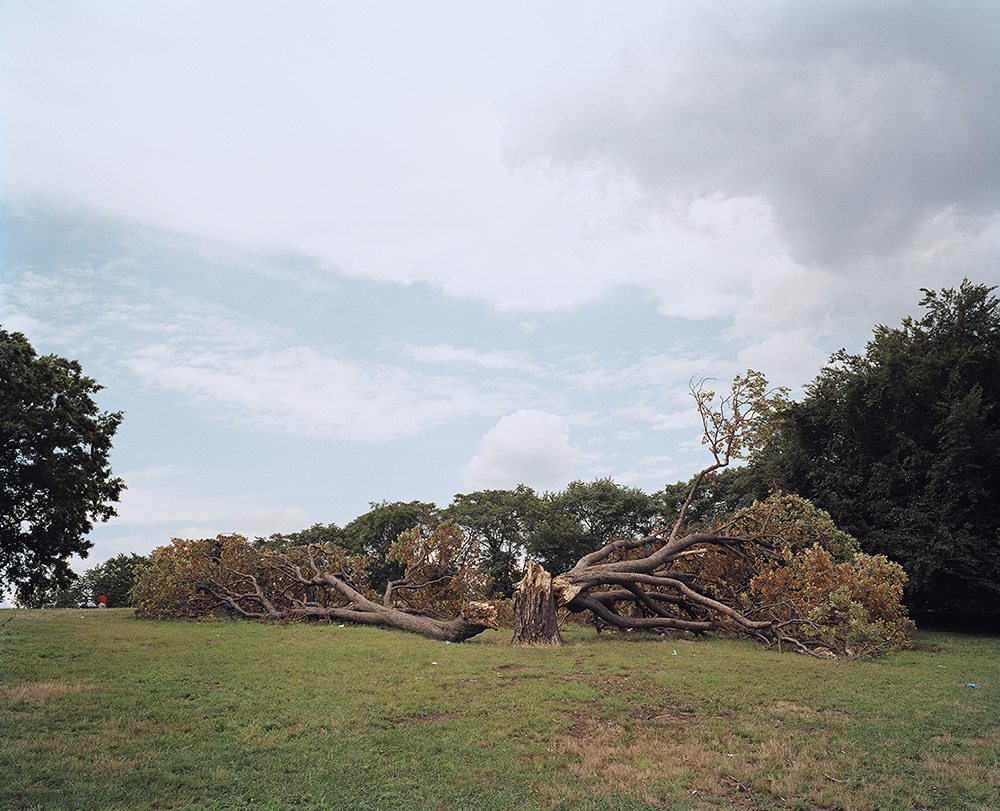
Did you have a favorite moment while photographing in Brooklyn for the project?
In Prospect Park at the southern end near the lake there’s a tree that must be one of the biggest, oldest trees in all of NYC. I remember coming up to that tree and standing underneath it and looking at its limbs stretching and stretching out. It’s like being next to a Redwood, so vast.
And I stood underneath it and I could feel my human dimensions, the small person we all are when we’re in nature. It was amazing to stand under it in the winter when it had no leaves on it, and in the summer when it was a giant umbrella. It was a very powerful experience.
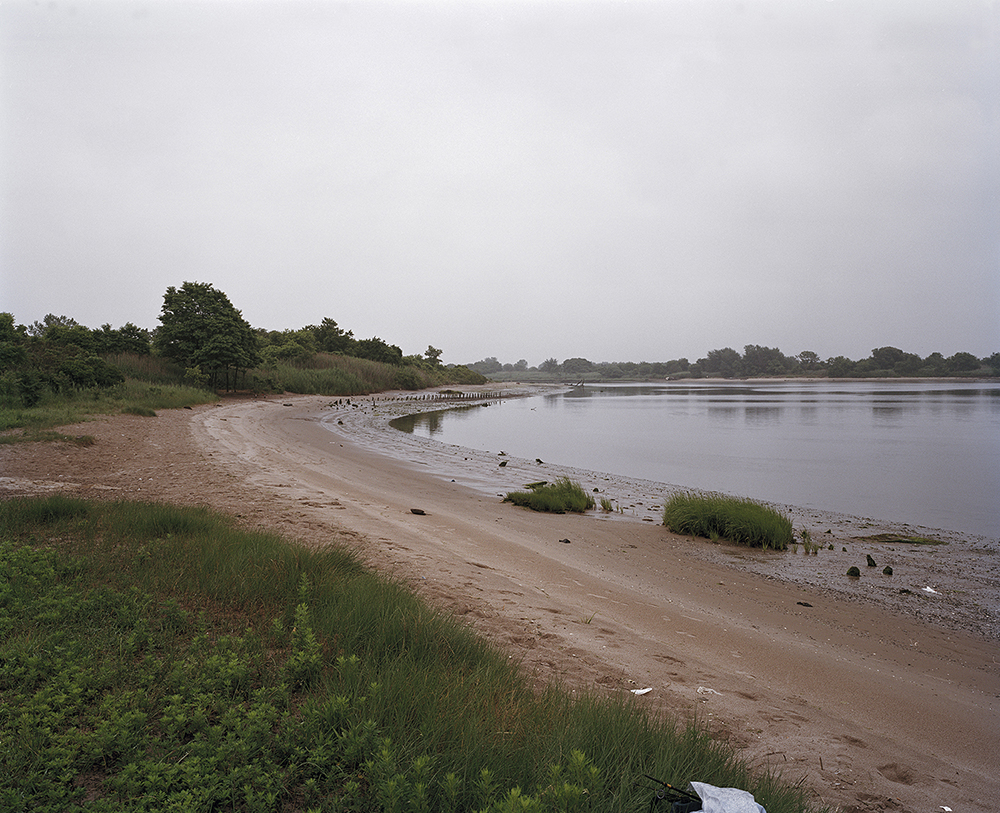
What feeling were you trying to evoke with your photos — solitude? Surprise that this exists in New York? Longing to get out of New York into more of this?
[Former Parks Commissioner] Adrian Benepe, he and Michael Bloomberg came to me and said, “You know, the parks system hasn’t been photographed since the Depression.”
The parks hadn’t been documented for 70 years, and Adrian said, “Would you like to make a document of the parks?” And I said, “Let me see.” So I drove around for a couple weeks and I came to realizing there is wilderness in New York City parks, and in these wild sections, nature exists.
I thought, isn’t it great that there’s some real nature in the boroughs? I proposed I document the untamed in the park system. Let’s show the world that NYC, one of the most built-up cities on the planet, has nature in it.
New York has these unbelievable surprises. I wanted to say to New Yorkers, “Look at what you have. You don’t even know what you have in your backyard.”
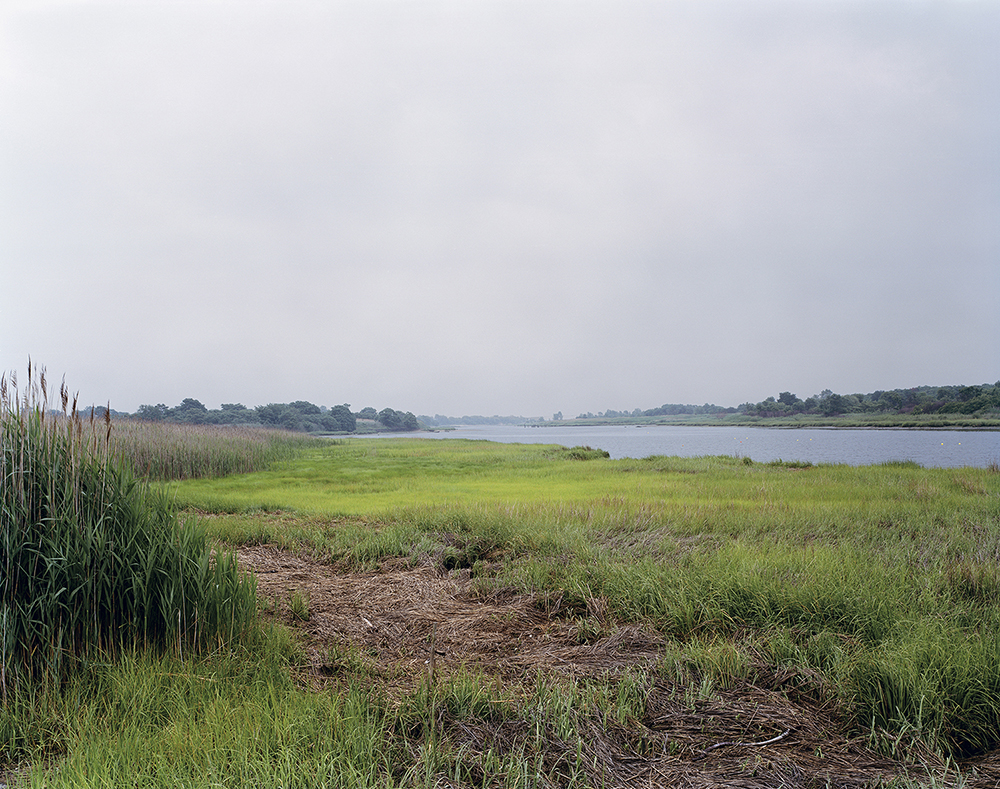
How did you decide on the name Legacy for the project title?
Well it’s what NYC is leaving for the generations to come, and the parks are off limits — nobody can touch them. The green space of New York is a legacy.
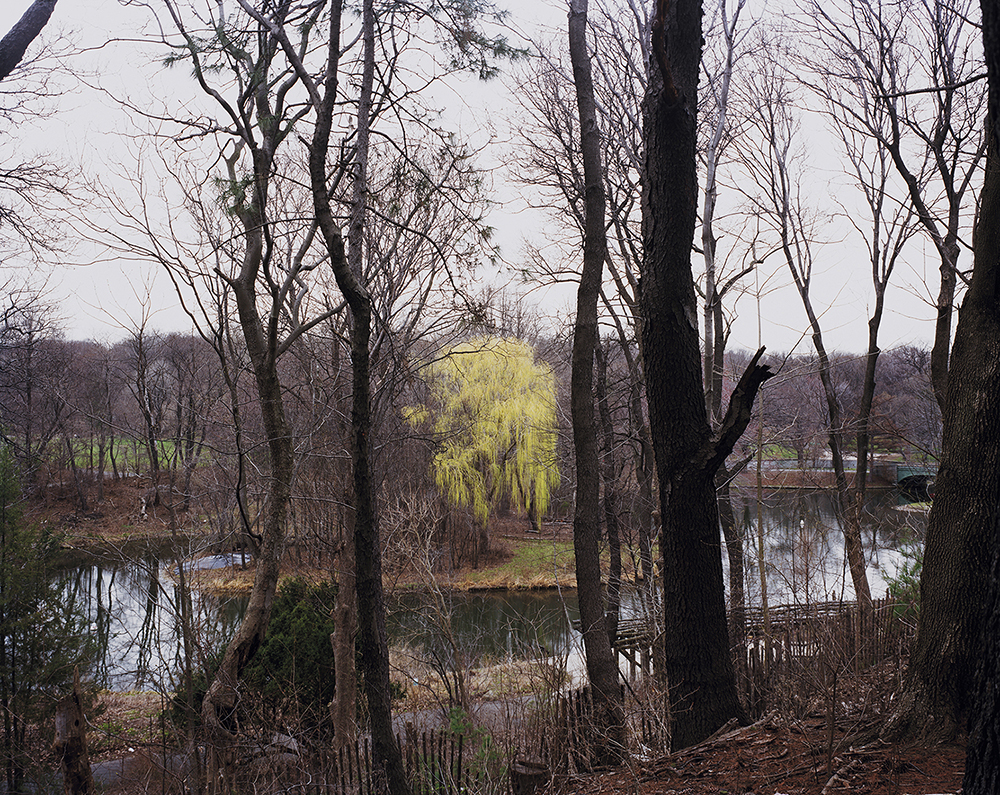
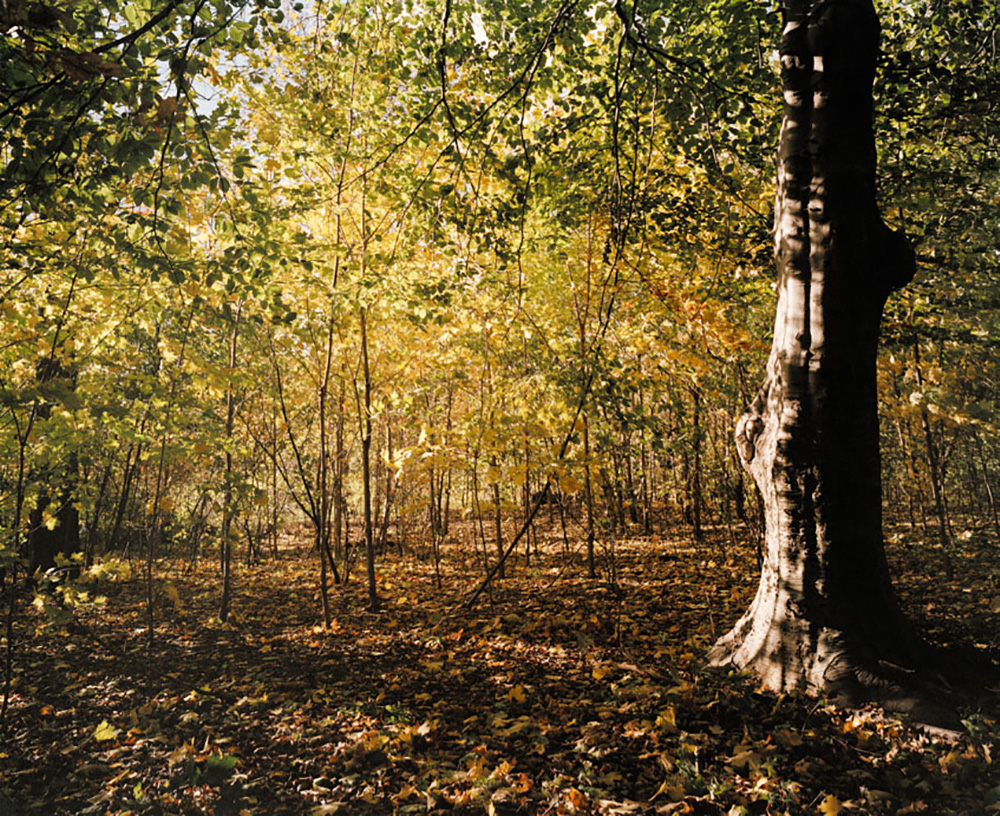
Meyerowitz’s recent work includes a new edition of his 1978 classic Cape Light (Aperture), with all newly remastered files, as well as a recently finished body of work of the painter Morandi’s still life objects, Morandi’s Objects (Damiani Editore).
[Photos: Copyright Joel Meyerowitz, Courtesy Howard Greenberg Gallery]
Related Stories
Photos: Meryl Meisler’s 1980s Bushwick — Youth and Freedom Despite the Blight
Lutz Dille’s Photos of Coney Island in 1962
Over a Century of the Manhattan Bridge Seen From Dumbo (Photos)

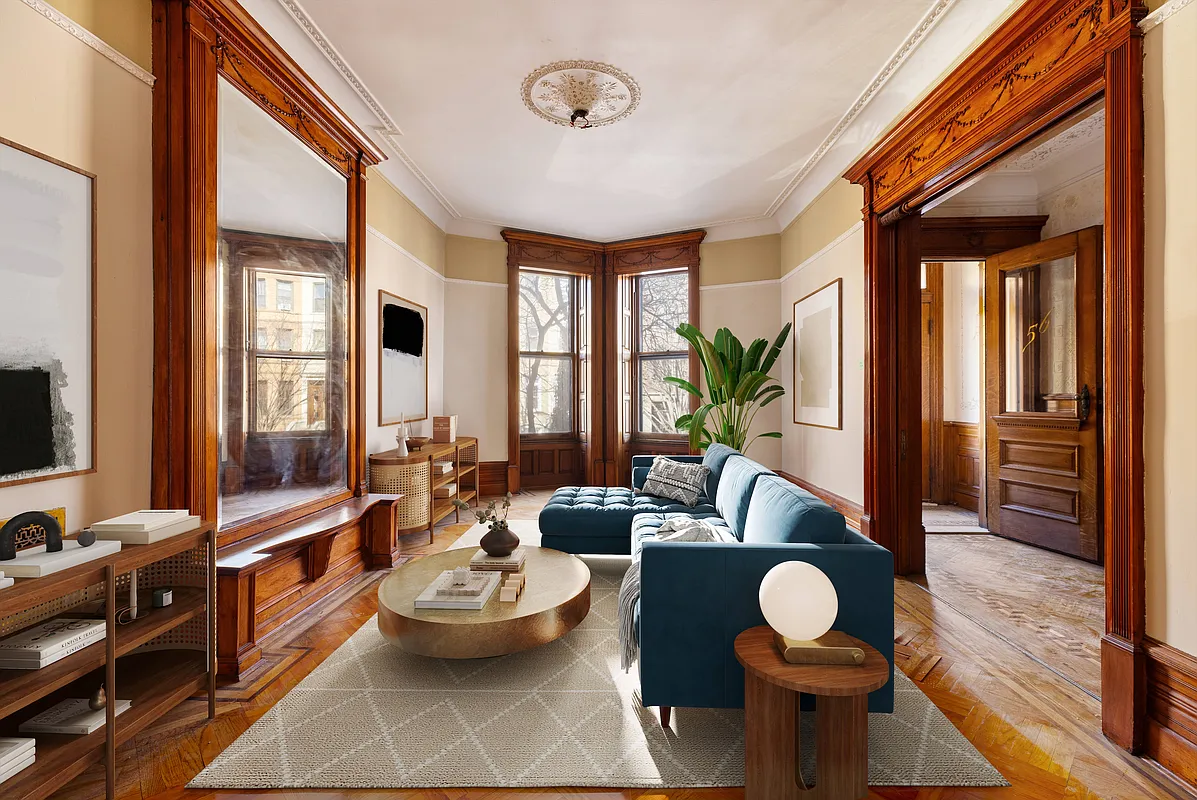
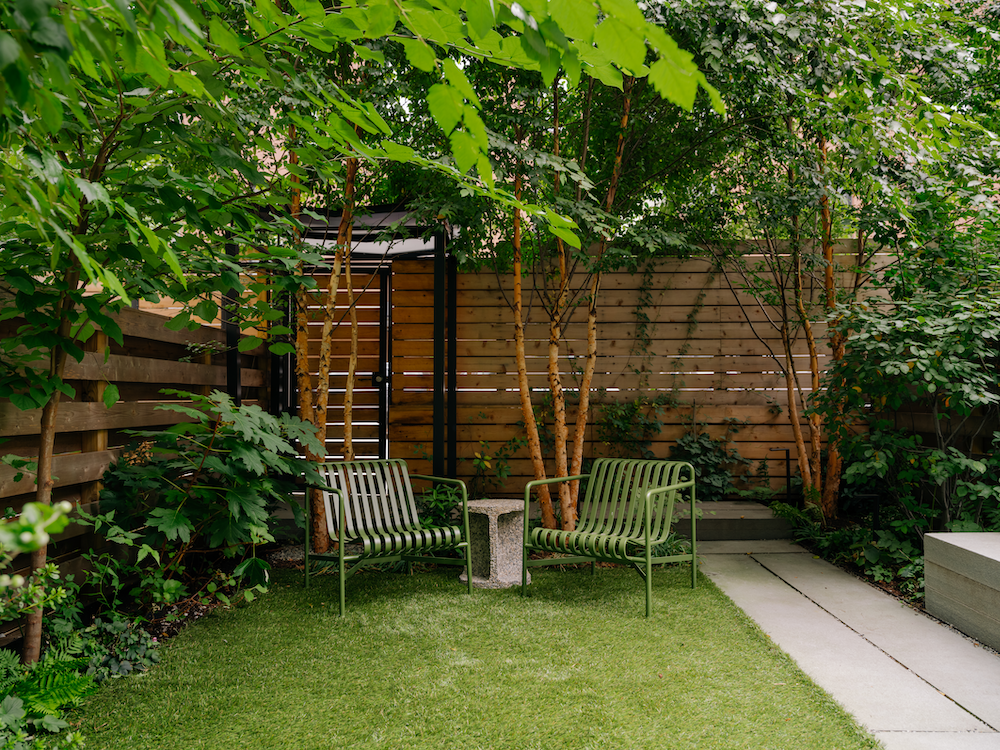
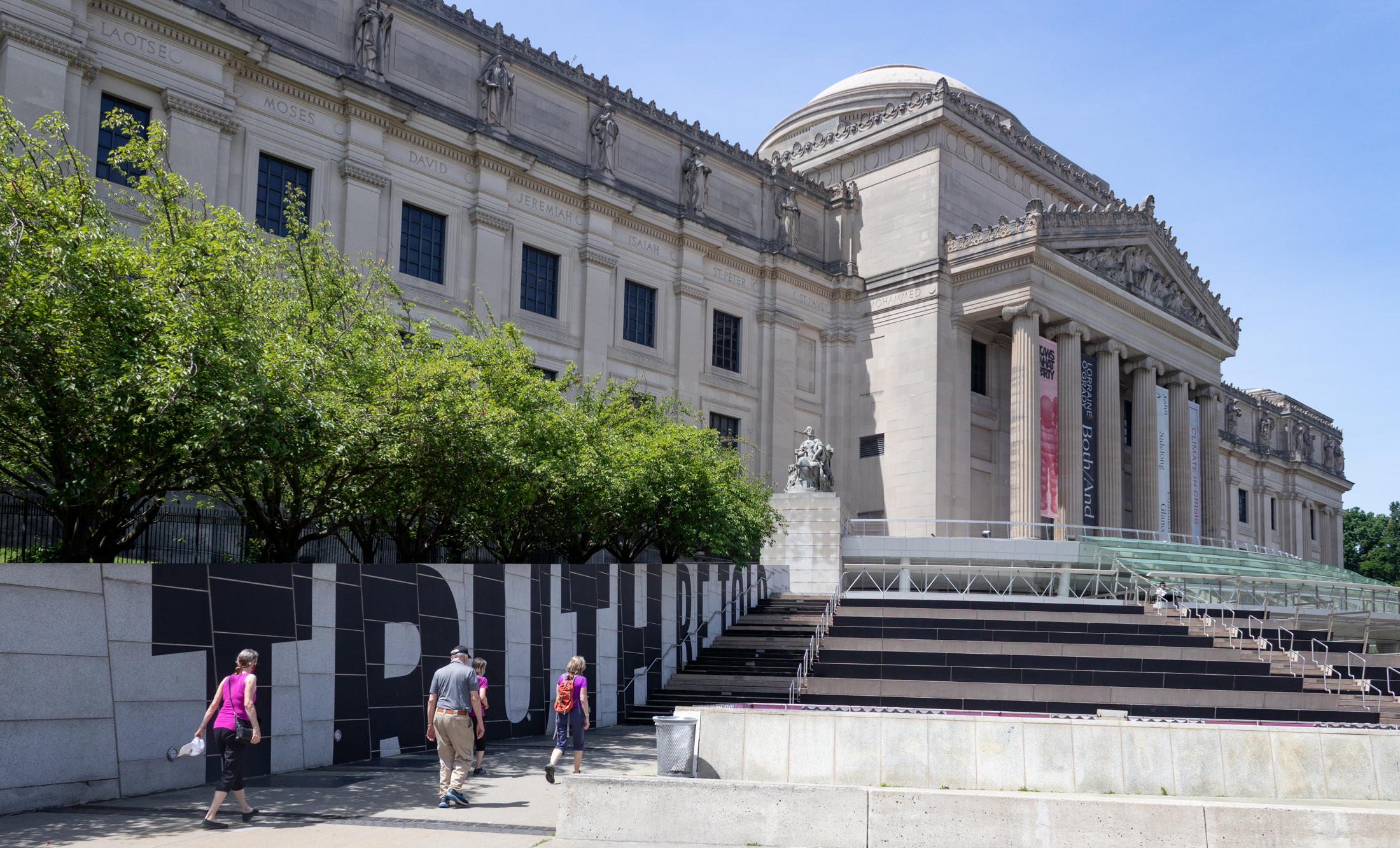
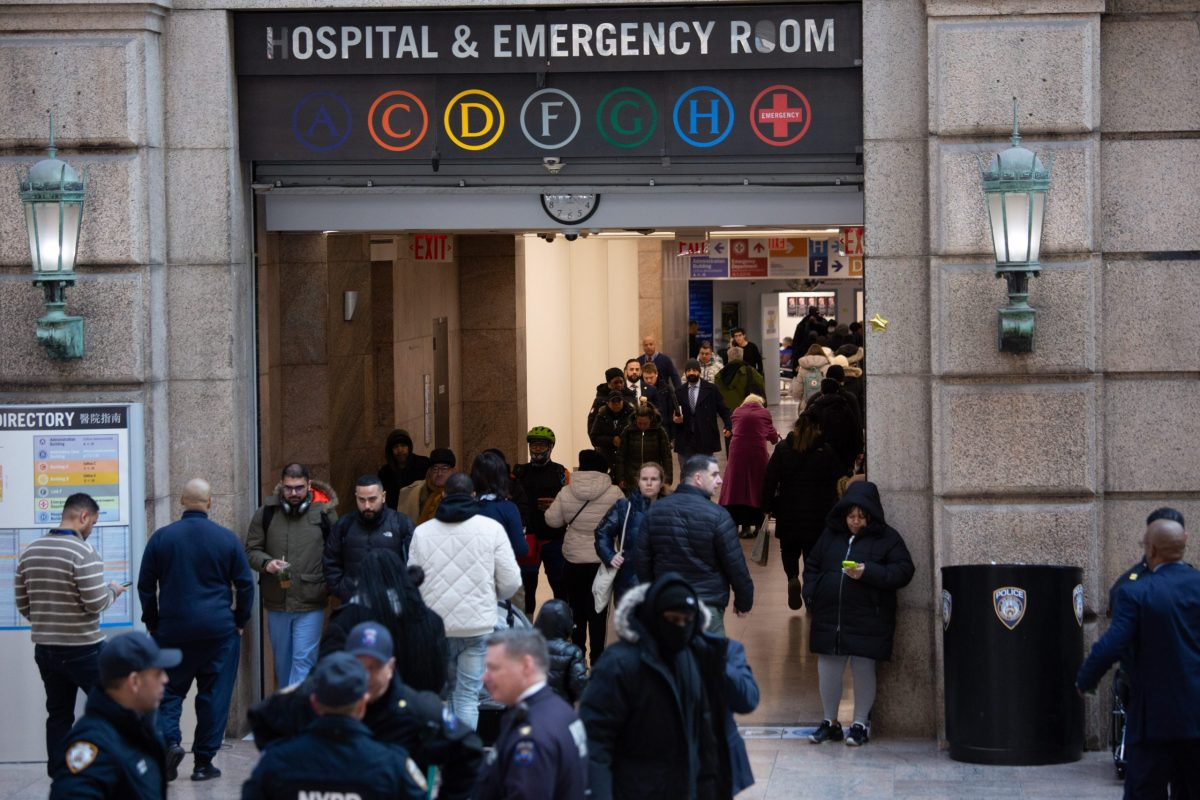




What's Your Take? Leave a Comment